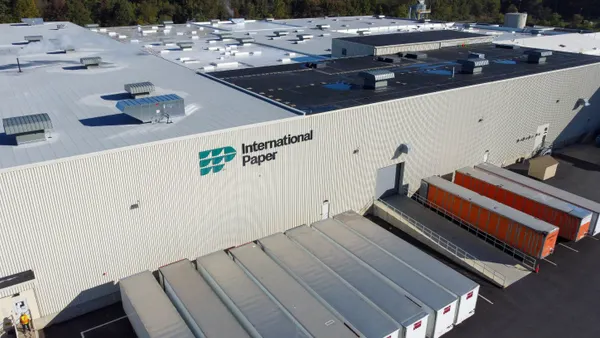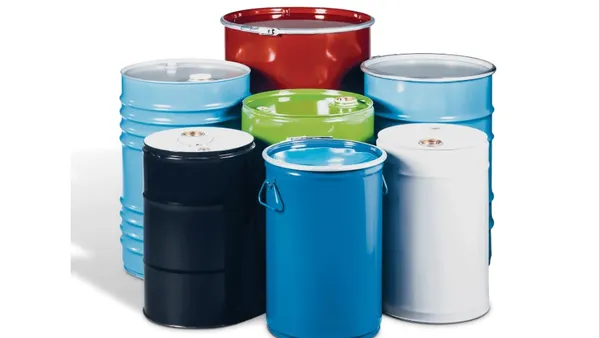Inflation continues to slow, but destocking trends have persisted, recently released economic data reports and analyses suggest. Numerous major packaging manufacturers are slated to further flesh out the economic picture as they share their own updates in quarterly earnings reports at the end of this month and beyond.
The producer price index, which measures price changes from sellers’ perspectives, showed a lower-than-expected 0.1% year-over-year uptick in June, in labor data released Thursday. On Wednesday, consumer price index numbers, which reflect average changing prices paid by urban consumers, showed a 3% year-over-year increase — the smallest margin since March 2021 — and were up sequentially 0.2% from May.
Economists at Comerica Bank wrote in a memo Wednesday, “The Fed will see the June CPI report as progress toward getting inflation back to their target, but is still very likely to raise their policy rate a quarter percent at the July 26 decision,” which they said could likely be the Federal Reserve’s last rate hike of this cycle.
The June jobs report showed the U.S. economy added 209,000 non-farm jobs last month. Plastics and rubber products manufacturing declined by about 2,000 workers, while paper lost approximately 600.
Separate manufacturing indices reported last week, which are survey-based economic indicators, showed contraction in June. The S&P Global US Manufacturing Purchasing Managers’ Index showed a decline from reading 48.4 in May to 46.3 in June. The report says high inflation and interest rates are stifling customer orders. Within the Institute for Supply Management’s PMI, the Inventories Index fell from 45.8% in May to 44% in June. The reading for the New Export Orders Index was 47.3%, down from 50% in May.
“The health of the U.S. manufacturing sector took a sharp turn for the worse in June, adding to concerns over the economy potentially slipping into recession in the second half of the year,” Chris Williamson, chief business economist at S&P Global Market Intelligence, said in a statement. “Leading the darkening picture was a severe drop in demand for goods, with new orders slumping at a rate among the steepest since the global financial crisis of 2009.” That downturn has been exacerbated by continued inventory reductions as manufacturers, suppliers and customers all seek to cut warehouse stocks, Williamson said.
Bank of America paper and packaging research analyst George Staphos wrote in a report this week that news of destocking is continuing to impact packaging manufacturers a year after the retail inventory reduction trend began. It notes that the bank’s economics team now foresees a recession in Q1 of 2024.
“A significantly elevated period of supply chain issues and commodity inflation during 2020-21 prompted significant inventory building, and the hangover probably lasts through this year (dependent on consumer spending),” the report stated. “Retailer, brand-owner, and packaging stocks continue to be punished on destocking even though we expect it should be over by 4Q.”
Moody’s Analytics’ chief economist projected this week that the U.S. economy may avoid a downturn in the next 18 months but would be in a period of weak growth, with rising unemployment and persistent inflation.











